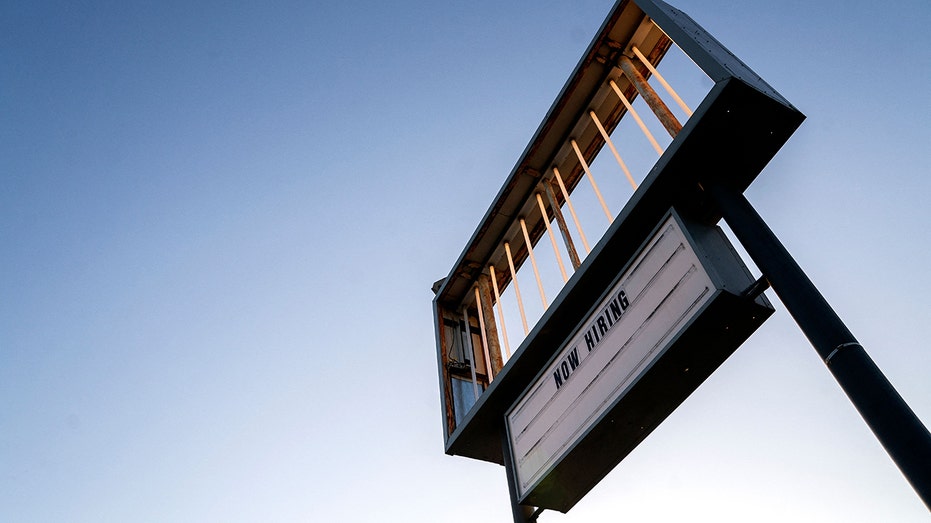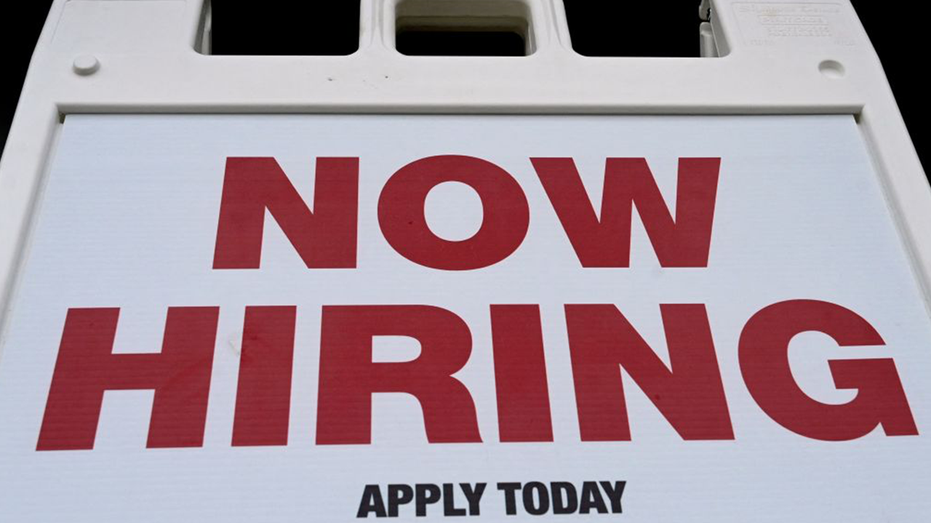Small business owners are not feeling optimistic about the current economic environment as they continue to feel the impact of inflation and hiring struggles, according to a new survey from the National Federation of Independent Business.
In October, the NFIB’s Optimism Index was 90.7 points – a 0.1-point drop from September – marking the 22nd consecutive month below the index’s 50-year average of 98. The last time the index was at that average was in December 2021.
“The October data shows that small businesses are still recovering, and owners are not optimistic about better business conditions. Small business owners are not growing their inventories as labor and energy costs are not falling, making it a gloomy outlook for the remainder of the year,” NFIB Chief Economist Bill Dunkelberg said in a news release.
The survey revealed that 22% of small business owners reported their single most important problem to be inflation, down one point from September.
MOST SMALL BUSINESS OWNERS FEAR US ECONOMY WILL WORSEN OVER NEXT YEAR
The percentage of owners expecting better business conditions over the next six months was unchanged from September at a seasonally adjusted net negative 43%. A seasonally adjusted net negative 17% of all owners reported higher nominal sales in the past three months, which is a nine-point dip from September and the lowest number since July 2020.
The October survey also found that a seasonally adjusted 43% of owners said job openings were hard to fill, the same percentage as in September. A seasonally adjusted net of 24% of owners plan to raise compensation in the next three months, a one-point increase from September.
The frequency of positive profit trends was a net negative 32%, an eight-point decline from September while the net percent of owners who expect real sales to be higher rose three points from September to a net negative 10%.
A seasonally adjusted net of 17% of owners plan to create new jobs in the next three months and 61% of owners overall said they were hiring or attempting to hire in October – but 90% reported few or no qualified applicants for open positions.
GOOGLE HELPS VETERANS TRANSITION TO THE WORKFORCE, LEARN JOB SKILLS TO BOLSTER CAREERS
The survey found 57% of owners reported capital outlays in the last six months, the same as in September. Among owners making expenditures, 37% said they spent on new equipment, 24% reported spending on acquired vehicles and 18% reported spending on improved or expanded facilities.
There were 12% of owners who spent money on new fixtures and furniture and 7% who acquired new buildings or land for expansion. Additionally, 24% of owners are planning on capital outlays in the next few months.

A seasonally adjusted net negative 17% of all owners reported higher nominal sales in the past three months, a decline of nine points from September and the lowest since July 2020. The net percent of owners expecting higher real sales volumes rose three points to a net negative 10%.
The net percent of owners who reported inventory gains dipped three points to a net negative 6%. A non-seasonally adjusted 11% reported an increase in stocks while 16% reported reductions. A net negative 3% of owners viewed current inventory stocks as “too low” in October, a one-point increase from September.
Shortages were reported most frequently in the transportation sector at 16%, the finance sector at 12% and the retail sector at 11%. Shortages in construction at 6% fell because home sales have slowed significantly because of higher interest rates. A net 0% of owners are planning inventory investment in the coming months, which is an increase of one point from September.
MORTGAGE RATES CONTINUE TO HOVER NEAR HIGHEST LEVEL SINCE 2000
The net percent of owners raising average selling prices rose one point from September to a seasonally adjusted net 30%. A non-seasonally adjusted 11% of owners reported lower average selling prices while 39% said they had higher average prices. Price hikes were the most frequent in finance, retail, construction, transportation and wholesale, and a seasonally adjusted net of 33% of owners are planning price hikes.

A seasonally adjusted net of 36% of owners reported raised compensation, the same as in September. A seasonally adjusted net of 24% of owners plan to raise compensation in the next three months, an increase of one point from September. Labor costs and labor quality were the top business problems for 9% and 23% of owners, respectively.
The frequency of reports of positive profit trends was a net negative 32%, an eight-point drop from September. Among owners reporting lower profits, 32% attributed this to weaker sales, 21% blamed the increase in the cost of materials, 14% blamed labor costs, 10% cited lower prices, 7% cited the usual seasonal change and 4% cited higher taxes or regulatory costs. Among owners reporting higher profits, 55% attributed the increase to sales volumes, 20% cited usual seasonal change and 7% cited higher selling prices.
While borrowing needs were not satisfied for 2% of owners, 23% reported all credit needs being met and 64% said they were not interested in a loan. A net 7% reported their latest loan was more difficult to obtain than previous attempts.
Financing was the top business problem for 5% of owners and a net 22% of owners reported paying a higher interest rate on their most recent loan.
Read the full article here








